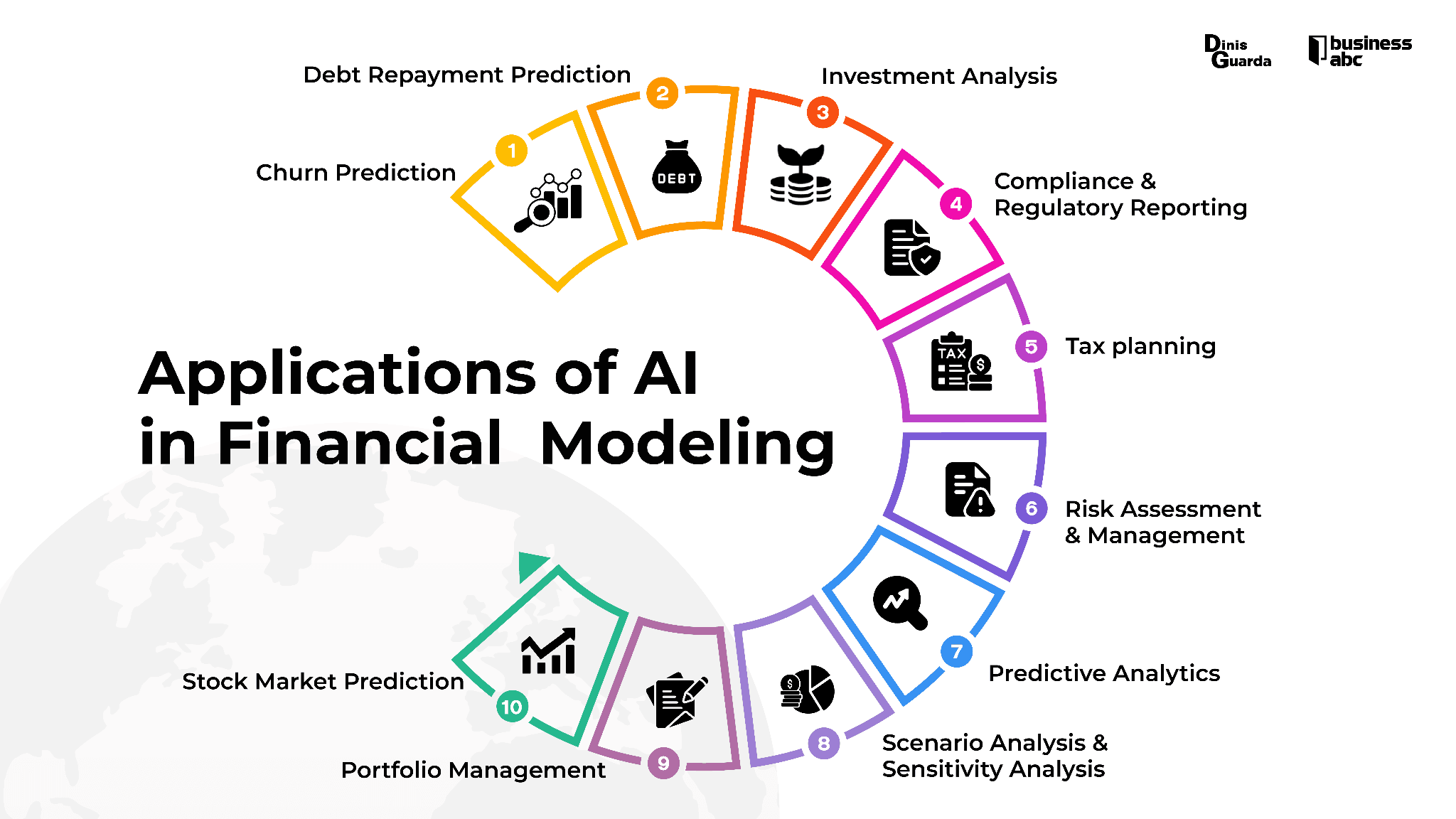business resources
AI and Taxes: Platform & Model Architecture
26 Nov 2025, 6:39 am GMT
The technical architecture for AI-enhanced tax administration must strike a balance between sophisticated analytical capabilities and absolute requirements for security, sovereignty, and democratic accountability. This section outlines a comprehensive platform design that maintains complete national control over data and algorithms, while delivering world-class AI capabilities.
The foundation of AI capabilities rests on locally deployed and controlled large language models, optimised explicitly for tax administration use cases. Rather than relying on external cloud services that require data export and foreign dependencies, this architecture employs domestically hosted models trained on carefully curated, jurisdiction-specific datasets.
The model architecture employs a tiered approach, optimising different model sizes for specific use cases. Base models of 7-13 billion parameters provide sophisticated reasoning capabilities for complex tax law interpretation and case analysis. Smaller specialised models of 1-3 billion parameters handle routine classification, document processing, and structured data analysis with lower computational requirements.
Task-specific models fine-tuned for particular applications (risk scoring, document summarisation, legal research) deliver superior performance whilst requiring minimal computational resources.
The training methodology combines foundation models with domain-specific fine-tuning using comprehensive datasets from tax administration. Initial training utilises large-scale language corpora that have been filtered for quality and relevance. Fine-tuning utilises legal texts, administrative guidance, case histories, and procedural documentation specific to national tax systems. Constitutional AI techniques embed ethical guidelines and operational constraints directly into model behaviour.
The RAG (Retrieval-Augmented Generation) architecture enhances model capabilities through integration with comprehensive knowledge bases. Vector databases store semantically indexed content from legal databases, precedent collections, and administrative guidance. Retrieval systems identify relevant content based on query similarity whilst maintaining version control and source attribution. Generation components synthesise retrieved information with model knowledge to produce accurate, contextualised responses.
Prompt engineering and safety measures prevent misuse through multiple defensive layers. Template-based prompting ensures consistent output formats and reduces the risk of hallucinations. Content filtering systems detect and block inappropriate queries or responses. Output validation verifies factual accuracy against authoritative sources before presenting results to users.
Real-time PII (Personally Identifiable Information) redaction operates through advanced named entity recognition systems that identify and anonymise sensitive information during processing. Enables safe analysis of case files and taxpayer communications whilst maintaining strict privacy protection. Redaction operates at multiple levels: complete anonymisation for general analysis, pseudonymisation for longitudinal studies, and selective masking for authorised investigations.
Analytics and Machine Learning Operations (MLOps)
Supporting the LLM tier, a comprehensive analytics platform provides the computational infrastructure for all machine learning and statistical analysis requirements. This platform transforms raw administrative data into actionable insights through carefully orchestrated pipelines of feature engineering, model development, validation, and deployment.
The feature store serves as the central repository for analytical inputs, providing standardised, versioned, and quality-assured features that feed multiple models and analyses. Revenue patterns, compliance histories, entity relationships, and behavioural indicators become reusable components that ensure consistency across different applications whilst reducing development time for new analytical requirements.
Feature engineering pipelines automatically generate derived variables from raw administrative data. Time-series features capture seasonal patterns, trend analysis, and volatility measures. Cross-sectional features identify peer comparisons, industry benchmarks, and statistical outliers. Network features quantify entity relationships, transaction patterns, and structural characteristics that indicate potential compliance risks.
AutoML capabilities democratise model development by enabling domain experts to create sophisticated predictive models without extensive programming knowledge. Automated machine learning systems explore model architectures, hyperparameter configurations, and feature combinations to optimise performance for specific business objectives. Domain experts specify objectives (e.g., identifying audit candidates, predicting compliance behaviour, forecasting revenue impacts), while the system handles technical implementation details.
Time-series analysis capabilities handle the temporal dimensions inherent in tax administration data. Seasonal patterns in revenue collection, economic cycles affecting compliance behaviour, and policy impact assessment require sophisticated temporal modelling. Advanced forecasting techniques include SARIMA models for seasonal data, the Prophet model for trend decomposition, and LSTM neural networks for complex, non-linear temporal relationships.

Graph analytics infrastructure processes the complex network relationships inherent in economic data. Entity ownership structures, transaction flows, and professional service networks become analysable through graph databases optimised for large-scale network analysis. Graph neural networks identify suspicious patterns, community detection algorithms reveal compliance clusters, and centrality measures highlight key influencers in economic networks.
The model registry maintains comprehensive metadata for all analytical assets, including training data provenance, performance metrics, hyperparameter configurations, deployment history, and monitoring statistics. Version control ensures reproducibility whilst enabling continuous improvement through systematic experimentation.
Continuous integration and deployment (CI/CD) pipelines automate the journey from model development to production deployment. Automated testing validates model performance against benchmarks, checks for data drift and bias, and ensures compatibility with production systems. Canary deployments enable a safe rollout, while shadow testing validates new versions against production traffic.
This comprehensive platform architecture provides the technical foundation for transformative AI capabilities whilst maintaining security, sovereignty, and accountability requirements essential for democratic governance.
Share this
Dinis Guarda
Author
Dinis Guarda is an author, entrepreneur, founder CEO of ztudium, Businessabc, citiesabc.com and Wisdomia.ai. Dinis is an AI leader, researcher and creator who has been building proprietary solutions based on technologies like digital twins, 3D, spatial computing, AR/VR/MR. Dinis is also an author of multiple books, including "4IR AI Blockchain Fintech IoT Reinventing a Nation" and others. Dinis has been collaborating with the likes of UN / UNITAR, UNESCO, European Space Agency, IBM, Siemens, Mastercard, and governments like USAID, and Malaysia Government to mention a few. He has been a guest lecturer at business schools such as Copenhagen Business School. Dinis is ranked as one of the most influential people and thought leaders in Thinkers360 / Rise Global’s The Artificial Intelligence Power 100, Top 10 Thought leaders in AI, smart cities, metaverse, blockchain, fintech.
previous
How to Find Top Private Label Food Manufacturers?
next
What Accident Lawyers Review Before Filing Your Claim